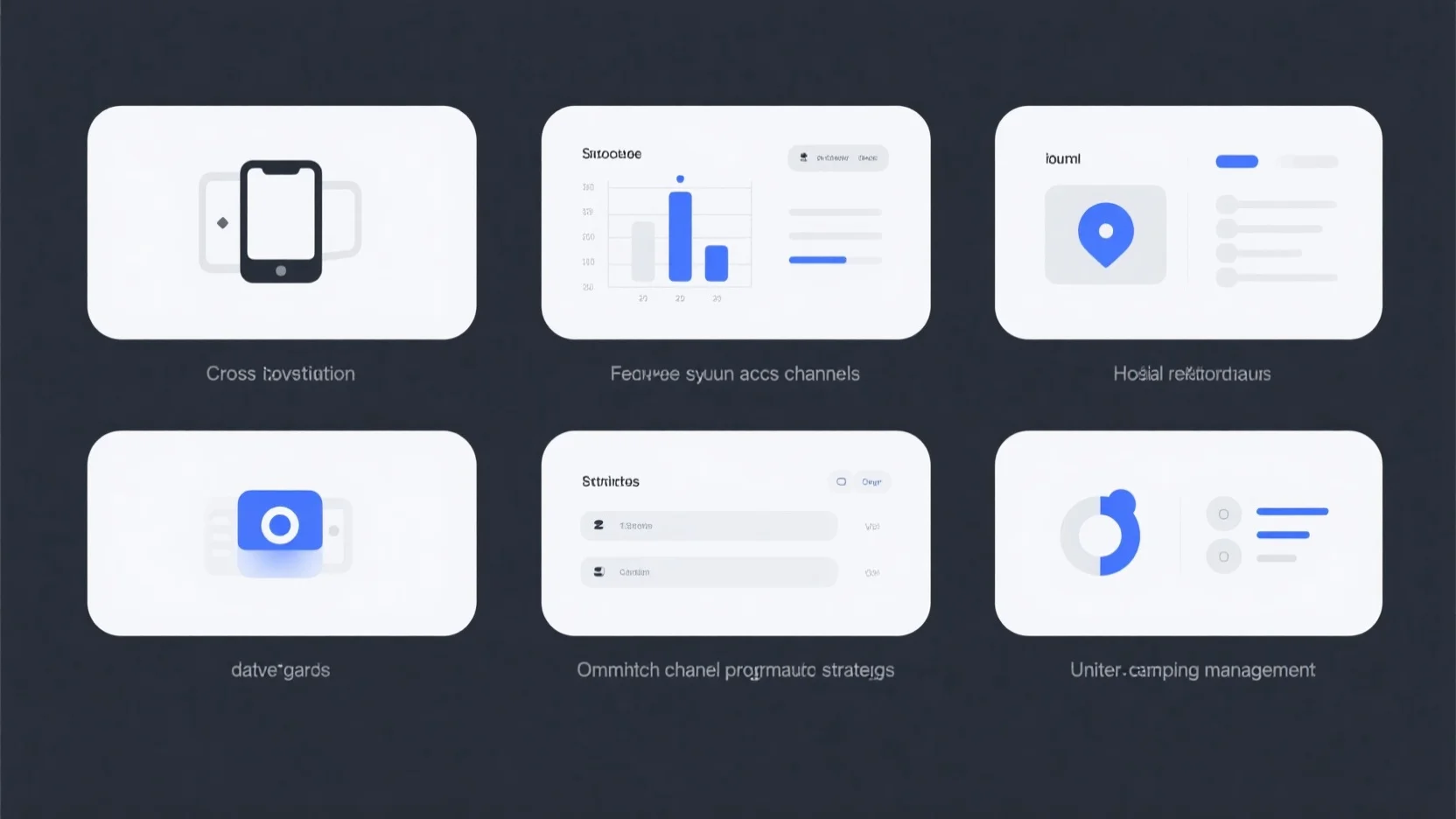
Mastering Omnichannel Programmatic Strategies: Cross – Device Attribution, Unified Management & More
In today’s cut – throat marketing landscape, mastering omnichannel programmatic strategies is a must for businesses aiming for success. As of 2025, mobile advertising takes over 70% of global digital ad spend, according to a